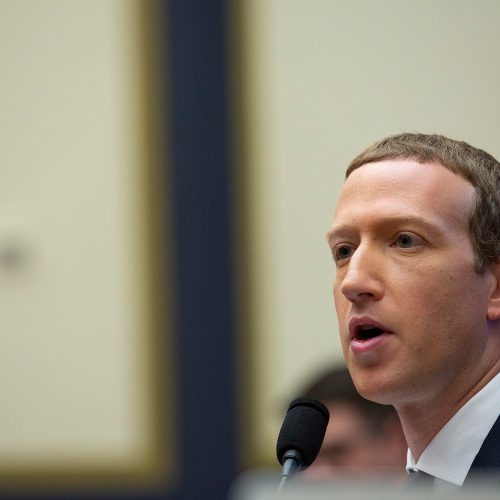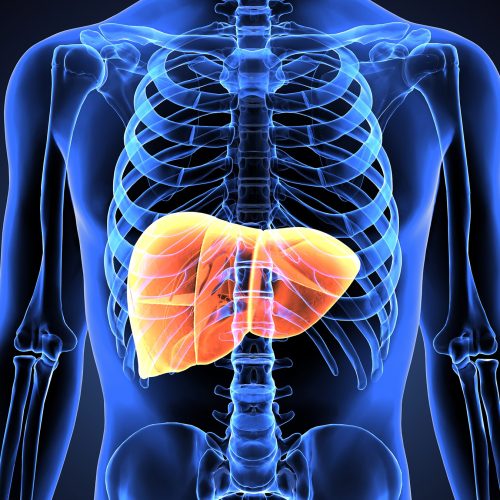Without question, 2018 was a watershed year for Tesla. Despite the ongoing antics of Elon Musk and his entanglements with the SEC, Tesla in 2018 finally managed to turn a quarterly profit for the first time in company history. What’s more, Tesla in a press release a few days ago revealed that the company almost delivered more vehicles in 2018 (245,240 to be exact) than it did “in all prior years combined.”
Of course, Tesla’s Model 3 played an instrumental role in helping the company reach new milestones over the past 12 months. And speaking to the ongoing popularity of Tesla’s mass market EV, the Model 3 was actually the best-selling luxury vehicle across both cars and SUVs in 2018.
As detailed in Car and Driver, Tesla in 2018 sold 138,000 Model 3 vehicles. Notably, the figure would likely have been much higher if Tesla didn’t have to deal with a number of production issues throughout much of the year. Tesla’s position in the top spot is all the more impressive given that the other top-selling luxury vehicles over the last year primarily include SUVs and crossover vehicles.
As for the full rundown of the top 10 selling luxury vehicles of 2018, the list reads as follows:
- Tesla Model 3 – 138,000 vehicles sold
- Lexus RX – 111,641 vehicles sold
- BMW 3-series/4-series – 75,957 vehicles sold
- Audi Q5 – 69,978 vehicles sold
- Mercedes-Benz GLC-class – 69,727 vehicles sold
- BMW X3/X4 – 65,674 vehicles sold
- Acura RDX – 63,580 vehicles sold
- Lexus NX – 62,079 vehicles sold
- Cadillac XT5 – 60,565 vehicles sold
- Audi A4/A5 – 60,538 vehicles sold
Tesla’s Model 3 is certainly in some good company here and it will be interesting to see how strong demand remains throughout 2019. And while I suspect it won’t have a meaningful impact on cumulative Model 3 sales, it’s worth noting that the $7,500 federal tax credit expired last month and now stands at $3,750. In July, the credit will drop down once again to $1,875 before it expires completely at the end of the year.
As far as Model 3 production is concerned, Tesla towards the end of 2018 managed to churn out 1,000 vehicles in a single day. The looming question, though, is how long it will be before Tesla can keep production at that level on a consistent basis.










